How A Failed Nuclear Experiment Accidentally Gave Birth To Neutrino Astronomy
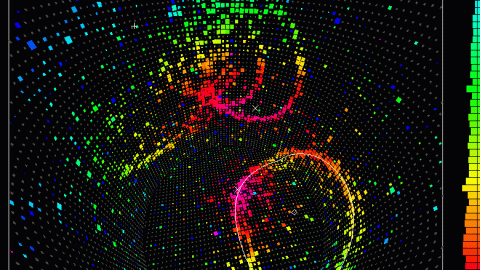
Before there were gravitational waves, multi-messenger astronomy got its start with the neutrino.
Sometimes, the best-designed experiments fail. The effect you’re looking for might not even occur, meaning that a null result should always be a possible outcome you’re prepared for. When that happens, the experiment is often dismissed as a failure, even though you never would have known the results without performing it.
Yet, every once in a while, the apparatus that you build might be sensitive to something else entirely. When you do science in a new way, at a new sensitivity, or under new, unique conditions, that’s often where the most surprising, serendipitous discoveries are made. In 1987, a failed experiment for detecting proton decay detected neutrinos, for the first time, from beyond not only our Solar System, but from outside of the Milky Way. This is how neutrino astronomy was born.

The neutrino is one of the great success stories in all the history of theoretical physics. Back in the early 20th century, three types of radioactive decay were known:
- Alpha decay, where a larger atom emits a helium nucleus, jumping two elements down the periodic table.
- Beta decay, where an atomic nucleus emits a high-energy electron, moving one element up the periodic table.
- Gamma decay, where an atomic nucleus emits an energetic photon, remaining in the same location on the periodic table.
In any reaction, under the laws of physics, whatever the total energy and momentum of the initial reactants are, the energy and momentum of the final products need to match. For alpha and gamma decays, they always did. But for beta decays? Never. Energy was always lost.
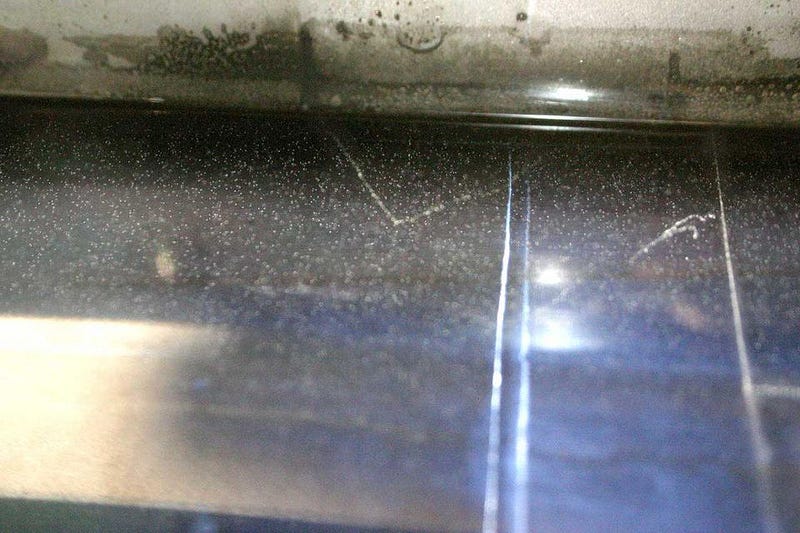
In 1930, Wolfgang Pauli proposed a new particle that could solve the problem: the neutrino. This small, neutral particle could carry both energy and momentum, but would be extremely difficult to detect. It wouldn’t absorb or emit light, and would only interact with atomic nuclei extremely rarely.
Upon its proposal, rather than confident and elated, Pauli felt ashamed. “I have done a terrible thing, I have postulated a particle that cannot be detected,” he declared. But despite his reservations, the theory was vindicated by experiment.
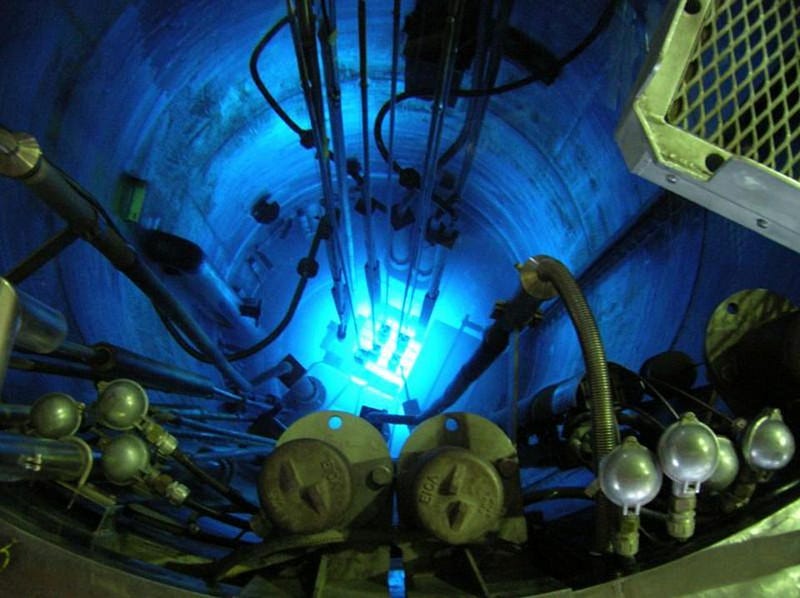
In 1956, neutrinos (or more specifically, antineutrinos) were first directly detected as part of the products of a nuclear reactor. When neutrinos interact with an atomic nucleus, two things can result:
- they either scatter and cause a recoil, like a billiard ball knocking into other billiard balls,
- or they cause the emission of new particles, which have their own energies and momenta.
Either way, you can build specialized particle detectors around where you expect the neutrinos to interact, and look for them. This was how the first neutrinos were detected: by building particle detectors sensitive to neutrino signatures at the edges of nuclear reactors. If you reconstructed the entire energy of the products, including neutrinos, energy is conserved after all.
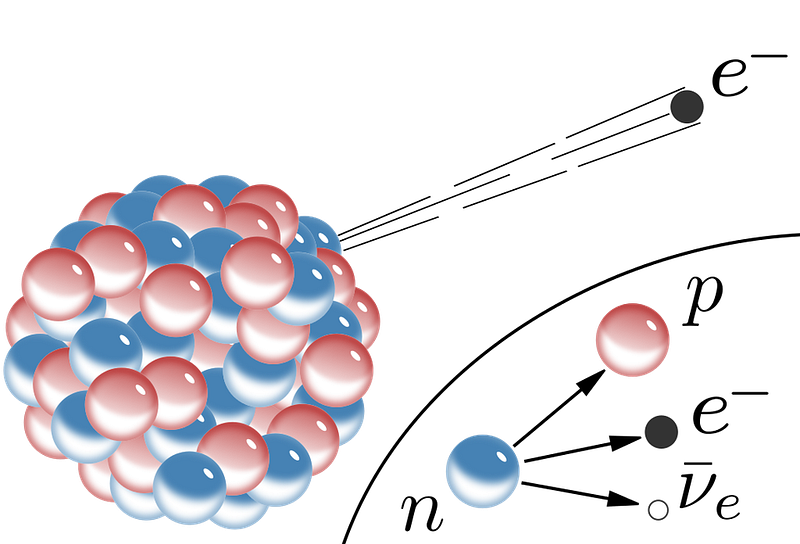
In theory, neutrinos should be produced wherever nuclear reactions take place: in the Sun, in stars and supernovae, and whenever an incoming high-energy cosmic ray strikes a particle from Earth’s atmosphere. By the 1960s, physicists were building neutrino detectors to look for both solar (from the Sun) and atmospheric (from cosmic ray) neutrinos.
A large amount of material, with mass designed to interact with the neutrinos inside of it, would be surrounded by this neutrino detection technology. In order to shield the neutrino detectors from other particles, they were placed far underground: in mines. Only neutrinos should make it into the mines; the other particles should be absorbed by the Earth. By the end of the 1960s, solar and atmospheric neutrinos had both successfully been found.
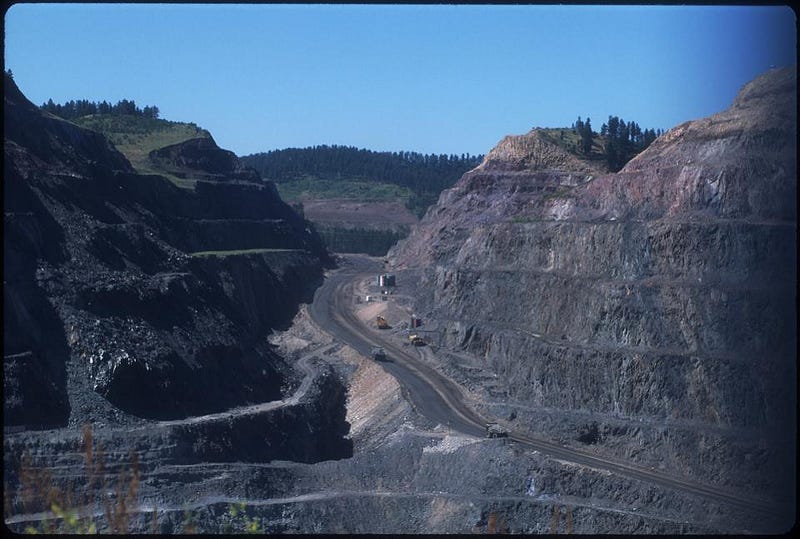
The particle detection technology that was developed for both neutrino experiments and high-energy accelerators was found to be applicable to another phenomenon: the search for proton decay. While the Standard Model of particle physics predicts that the proton is absolutely stable, in many extensions — such as Grand Unification Theories — the proton can decay into lighter particles.
In theory, whenever a proton does decay, it will emit lower-mass particles at very high speeds. If you can detect the energies and momenta of those fast-moving particles, you can reconstruct what the total energy is, and see if it came from a proton.

If protons decay, their lifetime must be extremely long. The Universe itself is 10¹⁰ years old, but the proton’s lifetime must be much longer. How much longer? The key is to look not at one proton, but at an enormous number. If a proton’s lifetime is 10³⁰ years, you can either take a single proton and wait that long (a bad idea), or take 10³⁰ protons and wait 1 year to see if any decay.
A liter of water contains a little over 10²⁵ molecules in it, where each molecule contains two hydrogen atoms: a proton orbited by an electron. If the proton is unstable, a large enough tank of water, with a large set of detectors around it, should allow you to either measure or constrain its stability/instability.
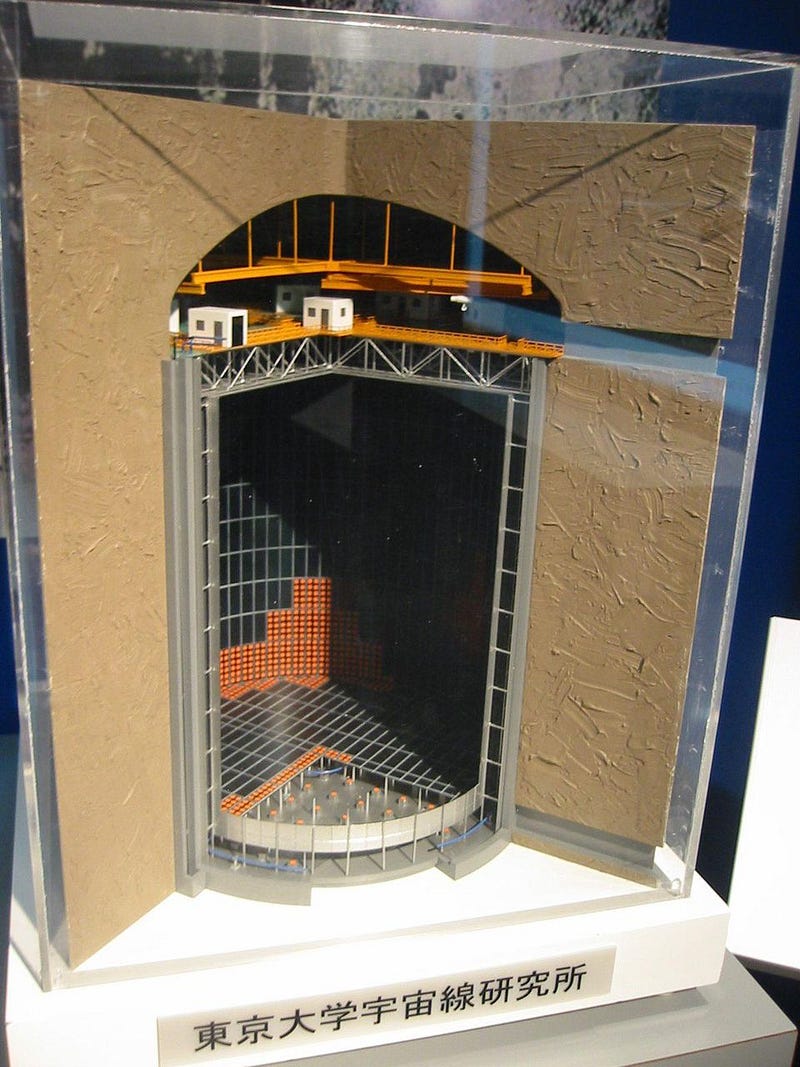
In Japan, in 1982, they began constructing a large underground detector in the Kamioka mines. The detector was named KamiokaNDE: Kamioka Nucleon Decay Experiment. It was large enough to hold over 3,000 tons of water, with around a thousand detectors optimized to detect the radiation that fast-moving particles would emit.
By 1987, the detector had been running for years, without a single instance of proton decay. With around 10³³ protons in that tank, this null result completely eliminated the most popular model among Grand Unified Theories. The proton, as far as we could tell, doesn’t decay. KamiokaNDE’s main objective was a failure.
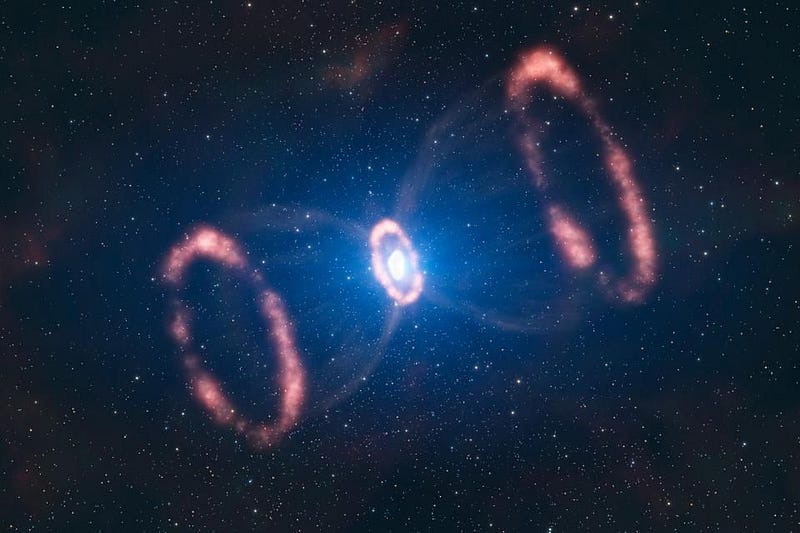
But then something unexpected happened. 165,000 years earlier, in a satellite galaxy of the Milky Way, a massive star reached the end of its life and exploded in a supernova. On February 23, 1987, that light reached Earth for the first time.
But a few hours before that light arrived, something remarkable happened at KamiokaNDE: a total of 12 neutrinos arrived within a span of about 13 seconds. Two bursts — the first containing 9 neutrinos and the second containing 3 — demonstrated that the nuclear processes that create neutrinos occur in great abundance in supernovae.
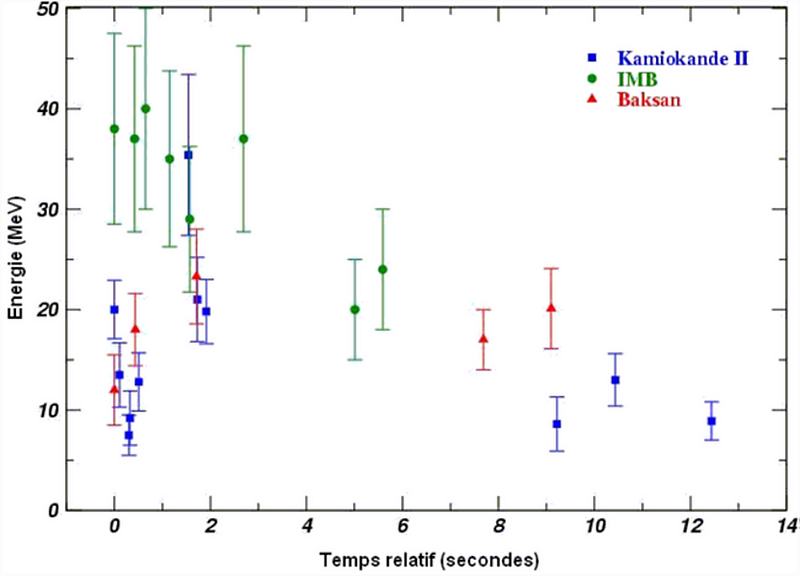
For the first time, we had detected neutrinos from beyond our Solar System. The science of neutrino astronomy had just begun. Over the next few days, the light from that supernova, now known as SN 1987A, was observed in a huge variety of wavelengths by a number of ground-based and space-based observatories. Based on the tiny difference in the time-of-flight of the neutrinos and the arrival time of the light, we learned that neutrinos:
- traveled that 165,000 light years at a speed indistinguishable from the speed of light,
- that their mass could be no more than 1/30,000th the mass of an electron,
- and that neutrinos aren’t slowed down as they travel from the core of the collapsing star to its photospher, the way that light is.
Even today, more than 30 years later, we can examine this supernova remnant and see how it’s evolved.

The scientific importance of this result cannot be overstated. It marked the birth of neutrino astronomy, just as the first direct detection of gravitational waves from merging black holes marked the birth of gravitational wave astronomy. It was the birth of multi-messenger astronomy, marking the first time that the same object had been observed in both electromagnetic radiation (light) and via another method (neutrinos).
It showed us the potential of using large, underground tanks to detect cosmic events. And it causes us to hope that, someday, we might make the ultimate observation: an event where light, neutrinos, and gravitational waves all come together to teach us all about the workings of the objects in our Universe.

Most cleverly, it resulted in a renaming of KamiokaNDE. The Kamioka Nucleon Decay Experiment was a total failure, so KamiokaNDE was out. But the spectacular observation of neutrinos from SN 1987A gave rise to a new observatory: KamiokaNDE, the Kamioka Neutrino Detector Experiment! Over the past 30+ years, this has now been upgraded many times, and multiple similar facilities have popped up all over the world.
If a supernova were to go off today, in our own galaxy, we would be treated to upwards of 10,000 neutrinos arriving in our detector. All of them, combined, have further constrained the lifetime of the proton to now be greater than around 10³⁵ years, but that’s not why we build them. Whenever a high-energy cataclysm occurs, neutrinos speed through the Universe. With our detectors online, neutrino astronomy is alive, well, and ready for whatever the cosmos sends our way.
Ethan Siegel is the author of Beyond the Galaxy and Treknology. You can pre-order his third book, currently in development: the Encyclopaedia Cosmologica.





